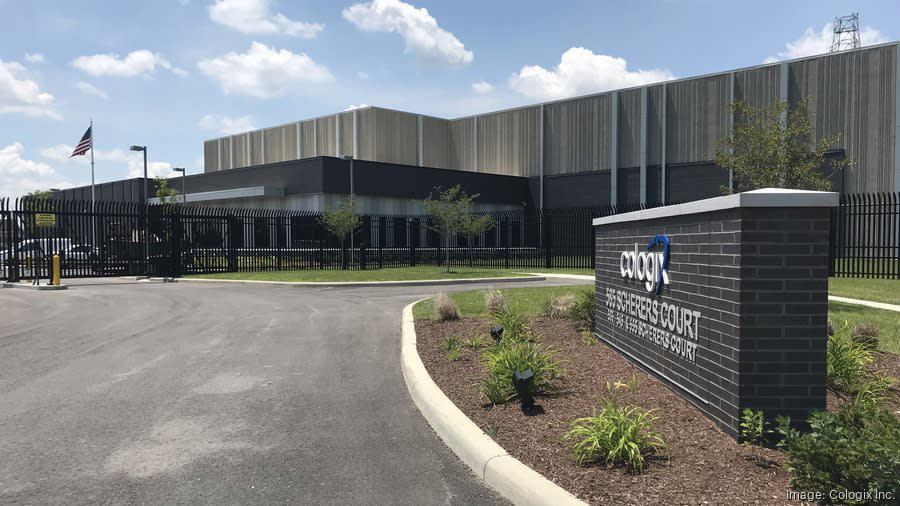
DATA CENTERS & MISSION CRITICAL FACILITIES
Data centers are as mission-critical as they are energy-intensive. That's why you need proven solutions to ensure constant uptime and to minimize energy consumption.

Rochester, NY
Explore the University of Rochester Data Center in Rochester, NY, where cutting-edge solutions are powered by Automated Logic.

North America
ALC expands its partnership with Cologix, a leading data center company, to help implement scalable & sustainable building automation solutions for its data centers.

Nationwide
Automated Logic helps T-Mobile's critical facilities run more efficiently and reduce greenhouse gas emissions.

Global
Automated Logic secures partnership to create a scalable, repeatable BMS solution for Iron Mountain Data Centers worldwide.
arrow_back Return to Success Stories
Solutions for Data Centers arrow_forward

